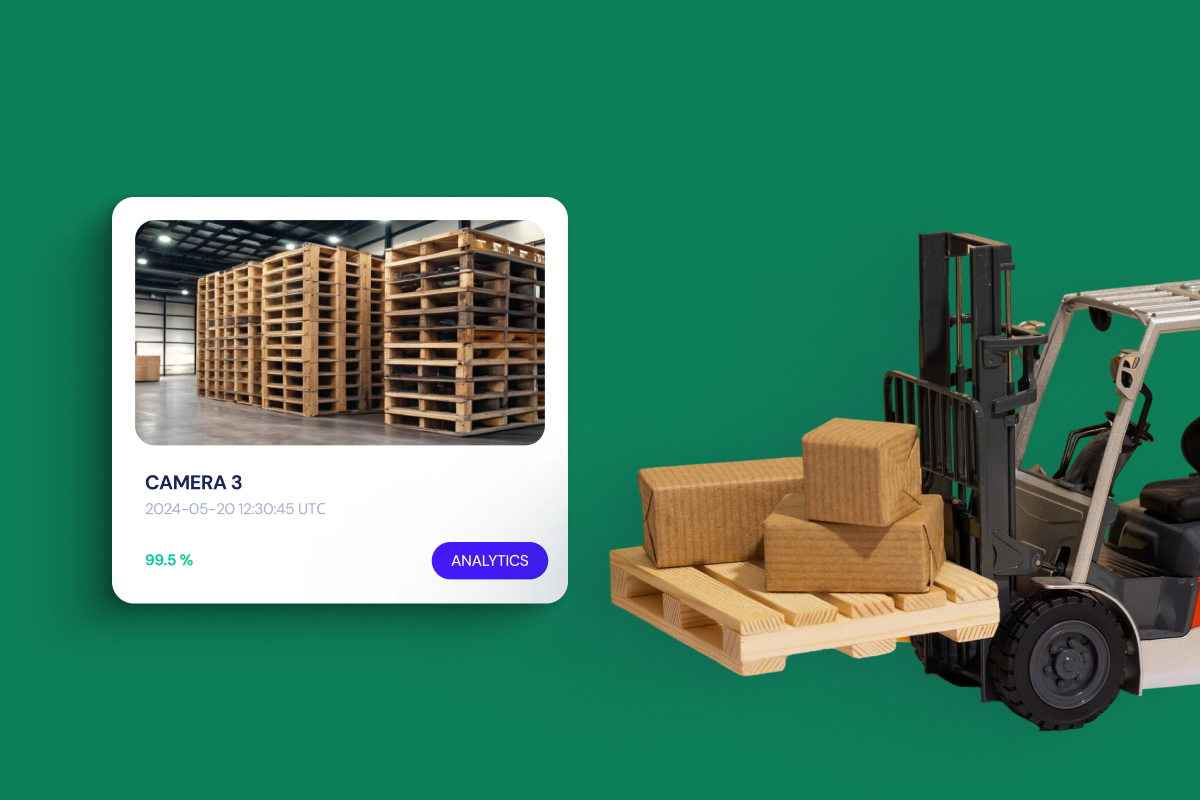All Technologies Used
Motivation
The client faced frequent performance slowdowns, errors in document handling, and system instability under heavy operational loads in their legacy warehouse management system. Their pain points included delayed order processing, inefficient inventory recalculations, and difficulty maintaining consistent configuration across multiple warehouses. Azati’s goal was to address these issues by modernizing the platform with a fault-tolerant, scalable architecture, automating critical background tasks, and centralizing configuration management to ensure smooth, reliable warehouse operations.
Main Challenges
The legacy system could not handle increased workloads, resulting in performance degradation. Azati proposed a microservices-based architecture that enabled fault tolerance, faster data processing, and horizontal scalability, which stabilized the system during intensive operational loads.
System settings and background tasks, such as inventory recalculation and order processing, had to be processed efficiently without affecting primary operations. Azati developed dedicated microservices to manage configurations and async operations, improving performance and simplifying control of long-running processes.
Printing labels, reports, and other warehouse documents frequently caused errors and slowdowns in the legacy system. Azati built a robust printing service that automated and streamlined the handling of various document formats and templates, increasing document management efficiency.
Our Approach
Want a similar solution?
Just tell us about your project and we'll get back to you with a free consultation.
Schedule a callSolution
Configuration Management Service
- Centralized storage of system-wide configuration parameters
- Real-time synchronization of configuration changes across services
- Granular control over warehouse rules, thresholds, and business logic
- Simplified maintenance and transparent configuration auditing
Asynchronous Task Processing Service
- Execution of long-running operations such as stock recalculation
- Event-driven processing of orders and inventory updates
- Queue-based task distribution for improved load management
- High-performance notification and event processing pipeline
Document and Label Printing Service
- Automated generation and printing of labels, reports, and forms
- Support for multiple document templates and formats
- Error-resistant handling of print tasks under high load
- Improved print queueing and monitoring tools
Scalable Microservices Core
- Independent deployment and horizontal scaling of modules
- High availability through service isolation and redundancy
- Faster delivery of new features and business logic updates
- Improved resilience during failures and traffic spikes
Business Value
Higher Reliability: Microservices architecture eliminated legacy bottlenecks and stabilized critical warehouse workflows even during peak activity.
Faster Warehouse Operations: Optimized async task processing and improved printing logic reduced delays in inventory handling and document generation.
Lower Maintenance Costs: Centralized configuration and modular architecture simplified support, enabling faster troubleshooting and updates.
Future-Proof Scalability: The platform now easily accommodates expanded warehouse operations, integrations, and new business logic.















